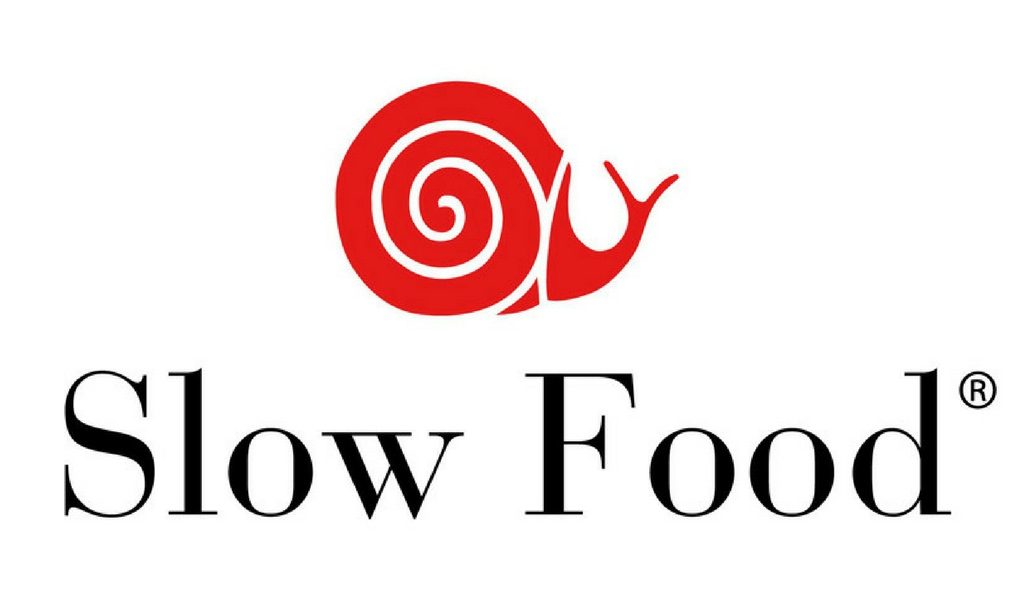
The Slow Food Movement
The Slow Food Movement has its roots in Rome, Italy where in 1986, Carlo Petrini led a protest against the opening of a McDonald’s restaurant in Piazza di Spagna. This demonstration was made up of many people like Petrini, who were in opposition to the “fast food” juggernaut that appeared to be taking over the food landscape in Europe. Slow Food was created as an alternative to fast food. According to Slow Food its goal is to “prevent the disappearance of local food cultures and traditions, counteract the rise of fast life and combat people’s dwindling interest in the food they eat, where it comes from and how our food choices affect the world around us“. Slow Food aspires to protect customary and local cuisine and encourages the use of agricultural products and techniques that are complementary to the local ecosystem. Slow Food was the first of it kind and later became part of the broader Slow Movement which “advocates goals of sustainable foods and (the) promotion of local small businesses and a cultural shift toward (the) slowing down (of) life’s pace. These ideals are paralleled by a political agenda directed against (the) globalization of agricultural products.”
The Slow Food Movement is grounded in three beliefs: that food should always be good, clean and fair. Good being of a high quality and flavoursome, clean referring to the way in which the product was produced and transported, and fair referring to the pricing structure for both producers and consumers.
The lives we live today are fast, scheduled and devoid of any downtime. Our children are put into activities every day after school and scheduled for playdates on the weekends. We have become so good at being busy that we don’t know how to slow down. Our children don’t know how to be bored and they are not allowed to explore their outside environments which often results in unstructured and imaginative play.
When was the last time you actually took time to enjoy the process of making a meal? Getting the kids involved in preparing, cooking and serving a meal? It is these activities that the Slow Food Movement aim to restore. For all of us to get back to knowing where our food comes from, how it is farmed and produced and how the environment that supports these activities, is treated.
The Slow Food Movement outlines its objectives including:
- “developing an “Ark of Taste” – designed to preserve at-risk foods that are sustainably produced, unique in taste, and part of a distinct ecoregion where local culinary traditions and foods are celebrated
- creating “Praesidia” grassroots organizations to promote slow foods to the public
- forming and sustaining seed banks to preserve heirloom varieties in cooperation with local food systems
- preserving and promoting local and traditional food products, along with their lore and preparation
- organizing small-scale processing (including facilities for slaughtering and short run products)
- organizing celebrations of local cuisine within regions
- promoting “taste education”
- educating consumers about the risks of fast food
- educating citizens about the drawbacks of commercial agribusiness and factory farms
- educating citizens about the risks of monoculture and reliance on too few genomes or varieties
- developing various political programmes to preserve family farms
- lobbying for the inclusion of organic farming concerns within agricultural policy
- lobbying against government funding of genetic engineering
- lobbying against the use of pesticides
- teaching gardening skills to students and prisoners
- encouraging ethical buying in local farmers marketplaces”
So, how can we all get involved in the Slow Food Movement, at a level that is achievable and will make a difference?
- Shop locally from farmers markets or providores of local, higher welfare produce.
- Shop for organic and non-GMO food. Buying organic doesn’t always guarantee the product is truly organic as neighbouring farms may produce non-organic runoff and bees don’t only pollinate “organic” farms! For those products which are known to be heavily laden with pesticides, try at least to buy from local organic farmers.
- Purchase meat only from your local butcher. Meat purchased from a supermarket does not fit into the Slow Food Movement way of living. You, the animal and the environment is better off eating less, higher welfare meat than more big business supermarket bought meat.
- Plan your meals for the week or a few days in advance and cook from home. Learn to enjoy cooking again and while you’re at it, educate your children on the origin, preparation and cooking of food. It’s a non-negotiable skill they need to be good global citizens!
- Have your own chickens for fresh eggs and grow your own vegetables. Home grown vegetables taste amazing and nothing like what you purchase from the supermarket, AND it means you will be eating seasonally which is how mother nature intended.
- Avoid processed foods – totally if possible. The easiest way to do this is to avoid the supermarket! Buy meat and poultry from your local butcher and fresh fruit, vegetables, nuts and grains from your local green grocer.
- When you do eat out, eat at restaurants that promote the Slow Food Movement. These restaurants will use local farms as suppliers and will promote a nose to tail policy, in that they try to use the whole animal therefore reducing waste.
Faster and bigger is not always better. Not when it comes to food. Think about how you might be able to change your food consumption habits and at the same time, contribute to the change in the world that will see sustainable agriculture the norm rather than commercial agribusiness and factory farming.
